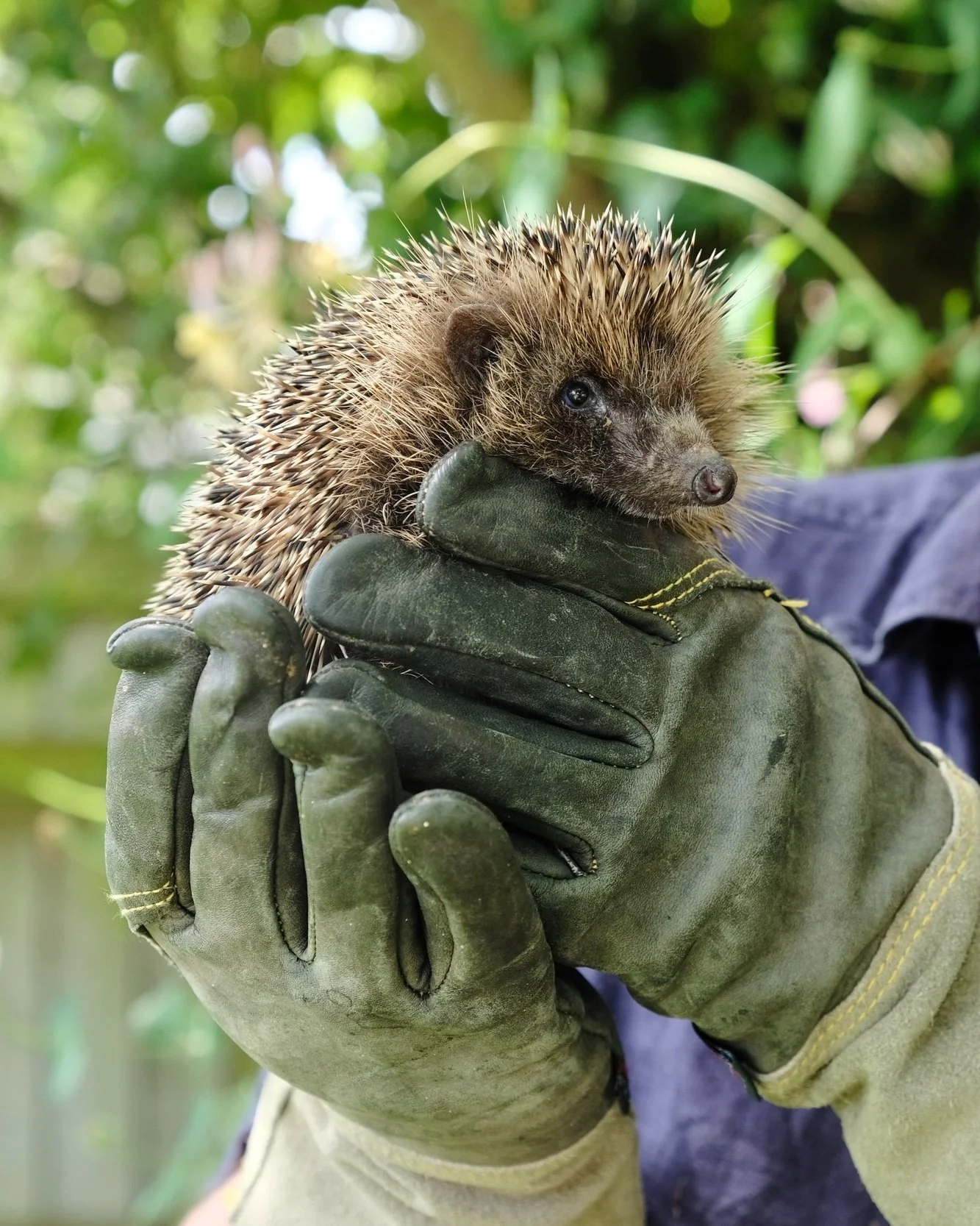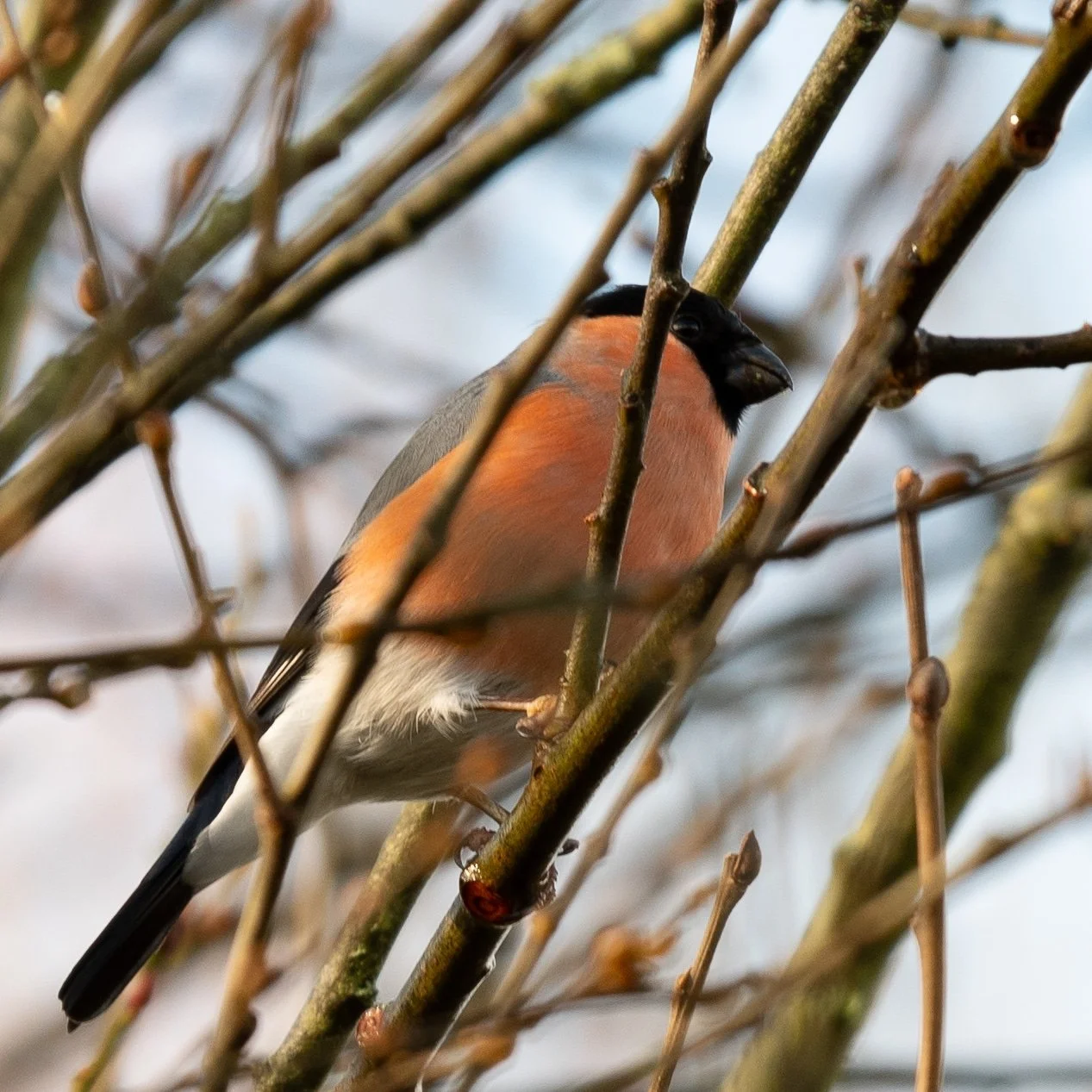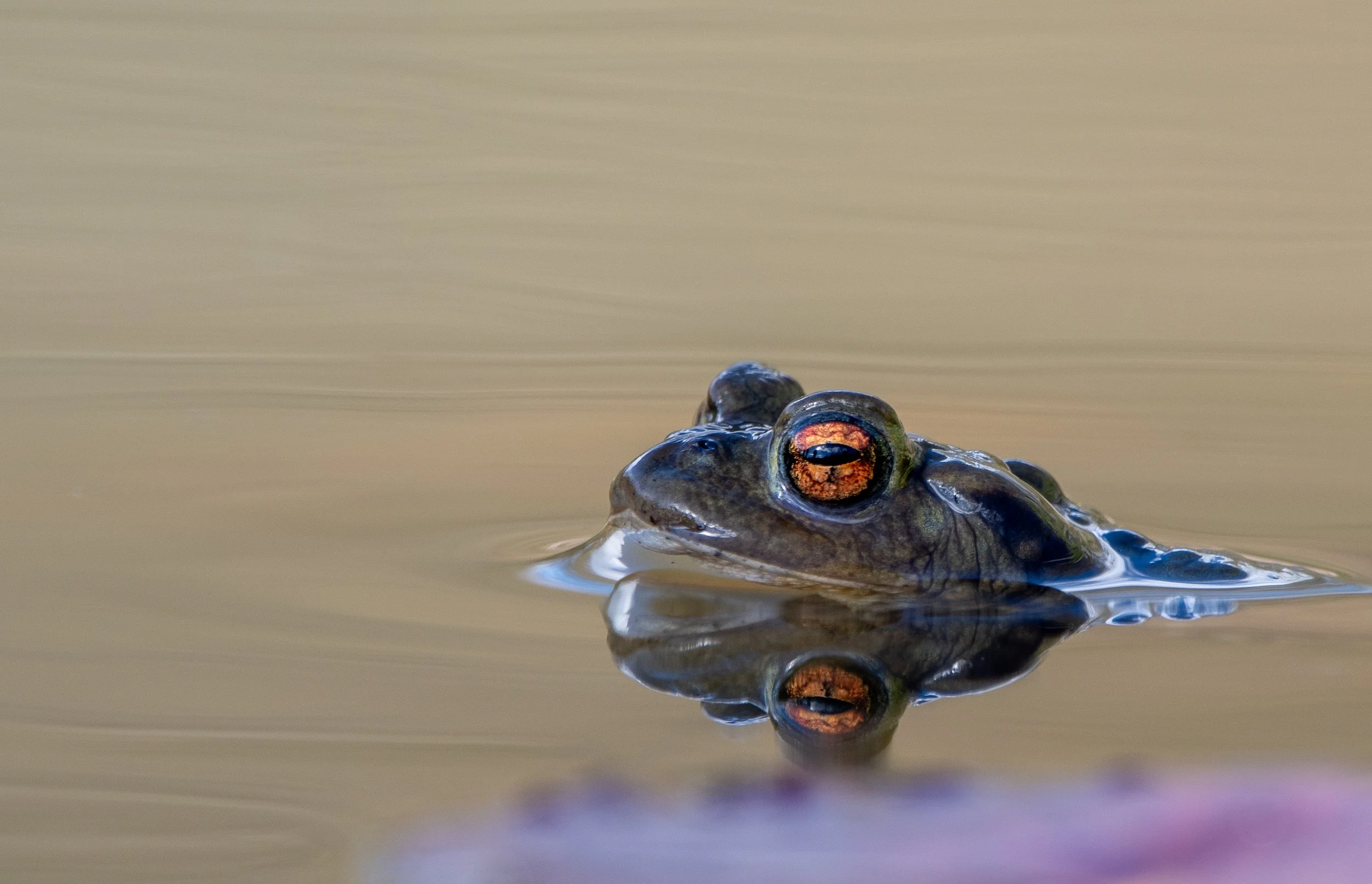Helping Wildlife This Autumn
Autumn is a busy time for wildlife as animals and birds prepare for the coming colder weather. We have collated some tips on easy things that you can do in your own garden to help pollinators, hedgehogs, birds and more.
1. Embrace the Wild
The very best thing you can do for nature is to leave the cult of tidiness! The desire to control every aspect of our gardens, to manicure them, is so damaging to wildlife… wildlife needs a bit of WILD! We need to learn to share. This does not have to be that dramatic and could be as simple as letting a corner of the garden grow wild with plants such as brambles and nettles - for many insects, these are food and shelter, and for hedgehogs, these insects are food - so the more of them in your garden, the better. Finally, as the leaves start to fall, consider that they are hedgehog bedding. Don’t get rid of them, make a pile and hope a hog makes a home.
- Hugh Warwick, ECOLOGIST AND Hedgehog Expert
2. Encouraging Seed-Eating Birds
Seed heads have evolved to make use of a variety of dispersal methods to ensure that their seeds are spread far and wide. Some seeds have miniscule hooks which attach to passing animals so they are transported to new locations, others are blown by the wind, such as the downy pappus of dandelion clocks. The abundance of seeds in the landscape at this time of year is a huge bonus for many bird species which forage through our gardens and farmland feasting on the ripened fruit of hedgerow berries and oil-rich seeds of thistles and other arable weeds. Attracting seed-eating species, such as Goldfinches, Bullfinches and Linnets, into our gardens can be achieved by leaving the statuesque seed heads of thistles, teasels, elecampane and chicory in place through the late summer and autumn.
- Dr Olly Fox, ornithologist and member of the West Oxfordshire Farmland Bird Project team
3. Long Grass
I love paths mown through long grass: it’s such an easy way to add a little wildness to a garden, and can look lovely all summer long. When to mow is always a conundrum as it affects both the flora and fauna that thrive there; if the grass is cut too early it can destroy whatever wildlife is harbouring within and the timing of the cut will effect what will seed and grow the following year.
For the wildlife, the later the grass is cut the better; the seeds of the grasses and wild flowers will sustain insects, small mammals, reptiles and birds throughout the summer and allow any young plenty of time to mature and move out of the way when the grass is finally cut. It’s a good idea to leave some of the grass long all year.
- Caryn Hibbert, owner and founder of Thyme
4. Build Compost Heaps
The autumnal months are a great time to construct a compost heap within your garden. Helping to recycle organic waste, they provide a sanctuary and feeding sites for wildlife, including amphibians such as the Common Toad. With an appetite for invertebrates, particularly those predating your crops and flowers, they can be an effective alternative to pesticide usage in the garden.






